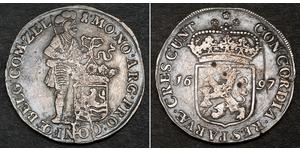3 Srang Tibet Silver
Tibetan Government, 3-Srang, 11.65g, Trabshi mint, T.E.16-10 (1936), as previous lot, rev. legend: rab byung bcu drug lo bcu srang gsum (“cycle sixteen, year ten, three Srang”), without hook at the lower end of the ornament to the right of the vase
20
coins in the group
View all coins in the group
View all coins in the group
(1125 X 420 pixels, file size: ~107K)
Posted by: anonymous 2017-08-01
TIBET 1937(BE16-11) 3 Srang Silver AU-UNC
(1605 X 600 pixels, file size: ~196K)
Posted by: anonymous 2016-06-16
TIBET 1935 3 Srang Silver XF-AU
(500 X 245 pixels, file size: ~39K)
Posted by: anonymous 2015-08-26
Tibetan Government, Anonymous, 3-Srang, 12.82g, Trabshi mint, T.E.16-10 (1936), as previous lot, but normal reverse type (YZM 504; KM. Y#26; LM 658), very fine
(500 X 245 pixels, file size: ~37K)
Posted by: anonymous 2015-08-26
Tibetan Government, Anonymous, 3-Srang, 11.65g, Trabshi mint, T.E.16-10 (1936), as previous lot, rev. legend: rab byung bcu drug lo bcu srang gsum ("cycle sixteen, year ten, three Srang"), without hook at the lower end of the ornament to the right of the vase (YZM -; KM. Y#26; LM -), very fine, ...
(500 X 249 pixels, file size: ~40K)
Posted by: anonymous 2015-08-26
Tibetan Government, Anonymous, 3-Srang, 11.98g, Trabshi mint, T.E.16-9 (1935), as previous lot, but normal reverse (YZM 503; KM. Y#26; LM -), very fine
(500 X 246 pixels, file size: ~39K)
Posted by: anonymous 2015-08-26
Tibetan Government, Anonymous, 3-Srang, 12.07g, Trabshi mint, T.E.16-9 (1935), snow lion facing left in centre with Himalayan range behind with two suns above and ornament below, legend dga' ldan pho brang phyogs las rnam rgyal in eight syllables between inner circle and an outer circle of pear ...
Articles
|
You may be interested in following coins
2025-05-24
- Historical Coin Prices
2025-05-25
- New coin is added to 1 Ducat Dutch Republic (1581 - 1795) Silver
1 Ducat Dutch Republic (1581 - 1795) Silver
group has 10 coins / 9 prices
⇑
1697, Netherlands, Zeeland Province. Large Silver Knight Ducat Coin. Damaged! Mint Year: 1785 Denomination: Silver Knight Ducat Province: Zeeland (mint mark: castle) Reference: Davenport 49 ...
You may be interested in ...

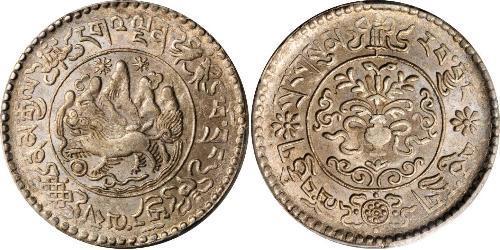



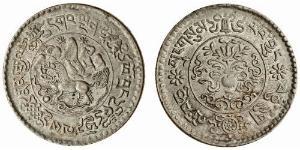





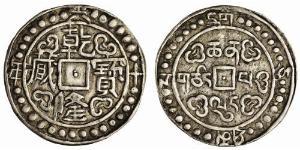

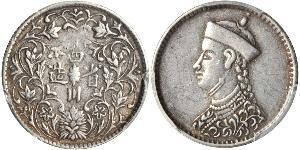

-300-150-nf4K.GJAcbQAAAEu7g61Lgu3.jpg)
